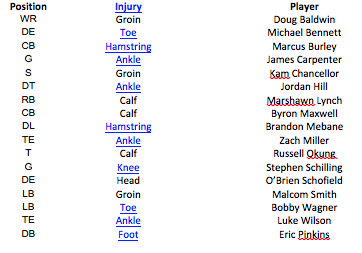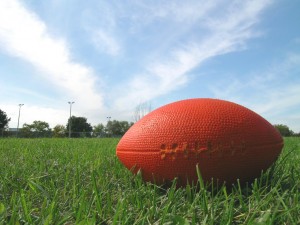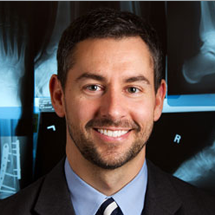Fall and winter sports season is upon us! Boys are playing football. Girls are doing their cheer routines at games.
Cross-country, field hockey, tennis, and volleyball players are in full swing at high schools across the country.
While kids are eager to jump right into these activities, injuries this time of year increase.
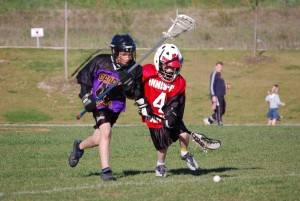
Why Do More Sports Injuries Occur in the Fall and Winter?
- Sudden increases in activity level
- Unpredictable weather and changes in playing surface. Shifting weather patterns are another factor that contributes to sports injuries in the fall and winter.
- Muscle fatigue – During the summer months, kids move freely. Suddenly, when school starts, students are cramped into an uncomfortable school desk for eight hours a day. The hips remain flexed at 90-degrees, and the brain focuses on keeping the hip flexors, hamstrings, and spinal erectors engaged to maintain a sitting position. Unfortunately, these are the opposite muscles the body needs to prevent common sports injuries.
What Are the Most Common Fall and Winter Sports Injuries and How Are They Prevented?
Slowly ramping up activity levels over the course of a few months leading into preseason can minimize the risk significantly.
Students should spend at least 10 minutes warming up every practice and devote twice as long to end-of-practice stretches to prevent injuries including:
- Tendon injuries
- Muscle pulls
- Stress Fractures
Middle-school-age children come in with growth plate injuries. A growth plate injury occurs at either end of the leg bone.
A damaged growth plate may lead to arthritis, crooked bones, or limbs that do not grow long enough — although these circumstances are rare. More often than not, kids rebound from a growth plate injury without any further consequences.
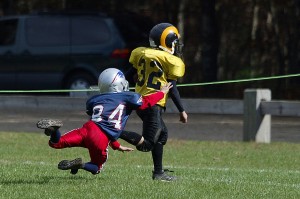
To prevent these injuries, be sure you oversee your child’s strength training to ensure he or she is not lifting too much weight too fast. You also want to see that your child is using the proper form.
Playing in extreme cold, certain medications, neurological disorders, metabolic diseases, and genetic factors are believed to all play a role in the development of growth plate injuries as well. It is important to speak with a sports medicine professional to determine whether your child may be at risk for a growth plate injury.
When high school athletes begin to get tired, they get sloppy. Fatigue is the number one factor in ankle sprains. Teach your child to recognize signs of fatigue so he or she can request a break if the coach doesn’t see it.
Some of these early signals may include some or all of the following symptoms:
- Inconsistent performance
- Decreased focus
- Shortness of breath
- Muscle twitches
- Depression or irritability
- Severe thirst
- Generalized weakness
- Nausea
- Muscle cramps
- Dizziness
- Headaches
According to Dr. Downer, “Mix it up, don’t just play one sport. Instead be diverse and try different types of sporting activities throughout the year. Staying active keeps you well-conditioned and less likely to experience an injury.”
If you believe you are suffering from a sports-related injury and need specialized orthopedic care, the orthopedic surgeons at OSS provide excellent treatment options for your injury. Please feel free to contact OSS at (206) 633-8100 to schedule an appointment.

